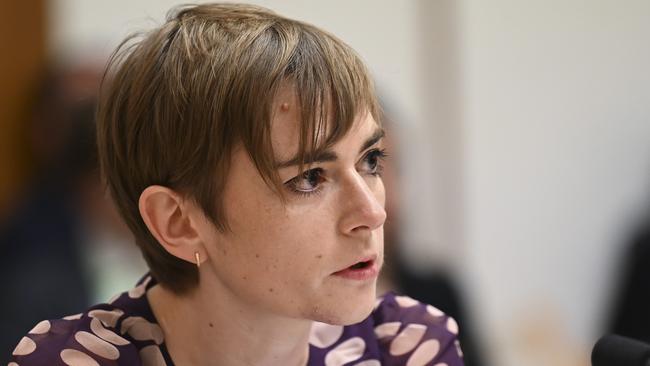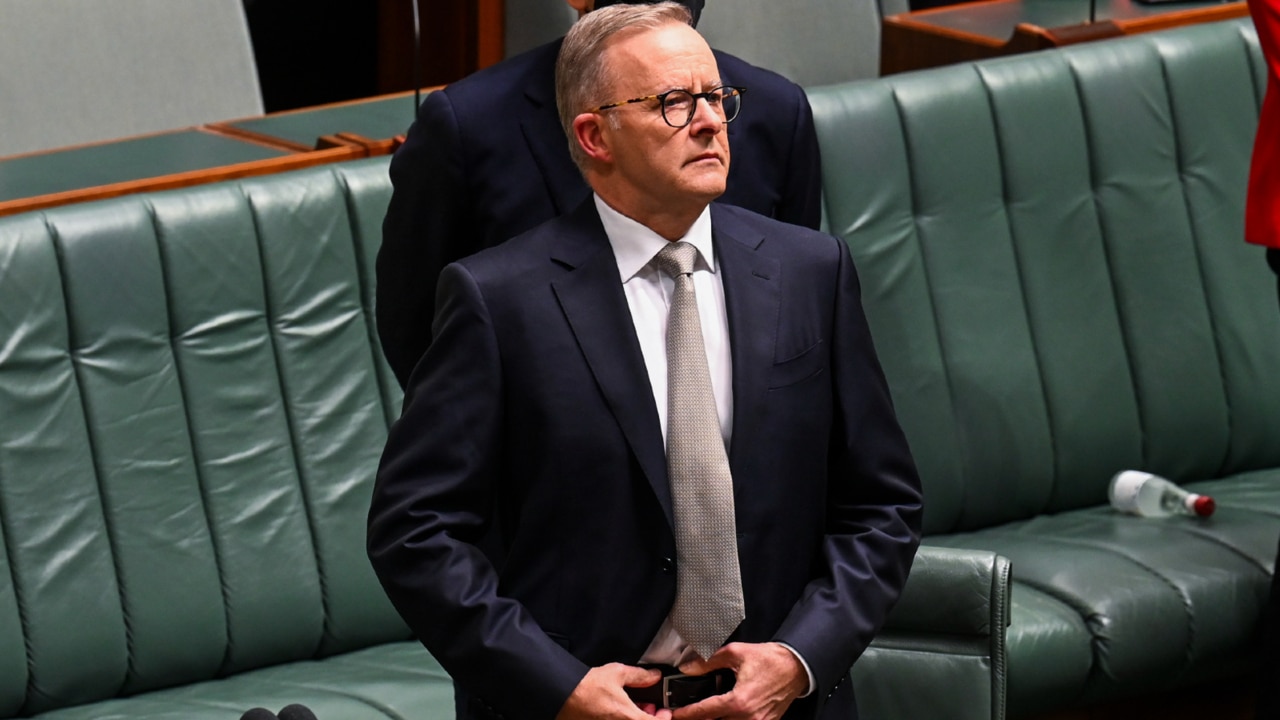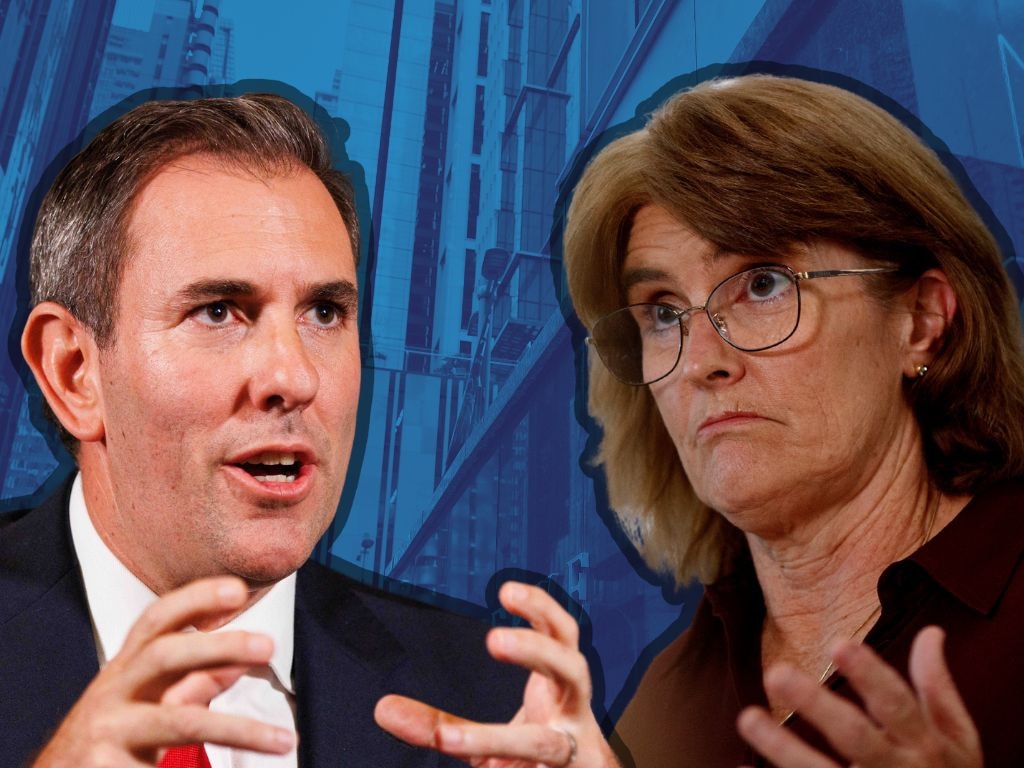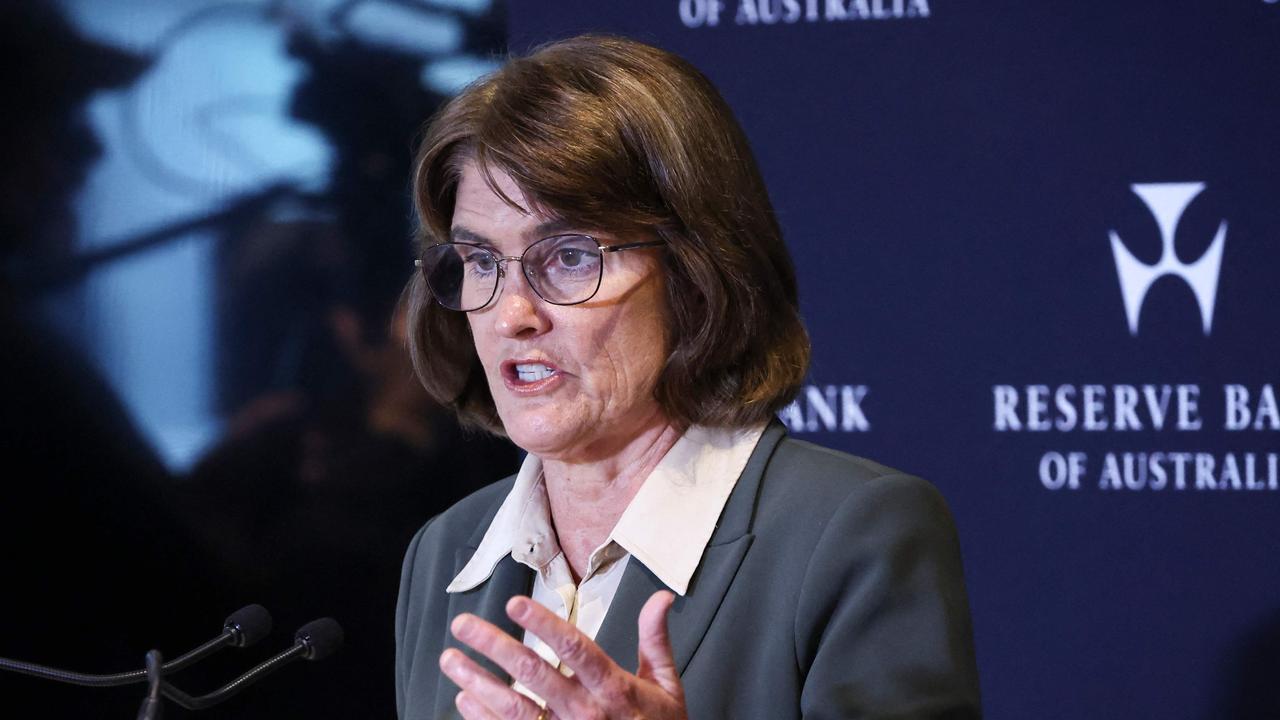Rate hikes have cyclical impact on housing supply RBA assistant governor Dr Sarah Hunter says
The RBA sees no quick fix to a shortage of housing supply that’s pushing up prices, rents and construction costs and says the impact of its rate hikes, or cuts, are minimal.

The Reserve Bank sees no “quick fix” for the housing crisis and warns that an imbalance between Australia’s supply of new housing and growth in the nation’s demand for housing is pushing up rents and construction costs and also has implications for economic activity.
In a speech on Housing Market Cycles and Fundamentals at the Real Estate Institute of Australia’s Centennial Congress in Hobart, the top economist at the central bank said that strong demand for housing will keep putting “upward pressure” on rents and prices until new supply comes online.
“We expect this response to take some time to materialise, given the current level of new dwelling approvals and the information from liaison that many projects are still not viable,” said RBA Assistant Governor Economic, Dr Sarah Hunter.
“In the meantime, we expect residential construction activity to remain relatively subdued.”
It comes after the RBA board left interest rates unchanged at a 12-year high of 4.35 per cent after its latest meeting, but said its “not ruling anything in or out” on interest rates.
She noted the pandemic-era trend of people wanting more living space per person was reinforced by a shift to working from home, which will be “at least partially permanent”.
Moreover, the pandemic period and its aftermath stand out as a “particularly sharp cycle”.
Growth in demand for new dwellings slowed rapidly in 2020 before rebounding strongly, whereas the supply of new houses has been much less volatile and has trended down in recent years.
“Overall then, growth in demand is currently running well ahead of supply,” Dr Hunter said.
“In most capital cities, rents are growing at a relatively rapid pace and in the established housing market prices have risen significantly in recent years – demand versus supply fundamentals appear to be alive and kicking.”
But while noting that interest rates can affect housing supply, she said the RBA believes most of the impact of changing interest rates is “cyclical rather than structural”.
“When interest rates are rising, dwelling approvals tend to fall and this then flows into commencements and completions, but this typically reverses when the cash rate is cut,” she said.
“Over the long run, it is the fundamentals of demand and the structural build cost that ultimately dictate supply – monetary policy does not have an impact on either of these underlying drivers.”

The RBA sees several potential avenues through which these imbalances may be resolved.
“We have already seen rents and prices rise, average household size could increase - which would reduce demand, for a given population size - and the pace of growth in construction costs could moderate,” Dr Hunter said.
“These responses will work towards rebalancing the market and resolve the current squeeze.”
The RBA has heard reports from its business liaison program of some property developers planning to respond to the strength in underlying demand for housing, but it is “early days” in this process.
“Federal and state government initiatives that streamline the approvals and build process will also reduce costs, which will ultimately lift supply. But it will not be a quick fix,” Dr Hunter said.
Australia’s population growth is typically faster than other advanced economies, and tend to be driven by net overseas migration – a trend seen clearly during the pandemic, she noted.
“Border closures saw population growth fall to zero in mid-2021, and the reopening drove a rebound to 2.5 per cent per annum in mid-2023. A growing population clearly implies that underlying demand for housing is rising over time – all of these extra people need a place to live,” she said.
According to the RBA the average number of people living in each household in Australia has fallen from around 2.8 in the mid-1980s to around 2.5 recently. If this were to return to 2.8 people, Australia would need 1.2 million fewer dwellings to house its current population.
“The ageing of the population means we now have more older couples and singles living alone, and lower birth rates means that the average size of a family is falling over time,” Dr Hunter said.
“Working in the other direction has been an increase in the share of young adults living with their parents. And this hints that demographics are not the only factor affecting household size, affordability affects people’s choices of where and who to live with.”






